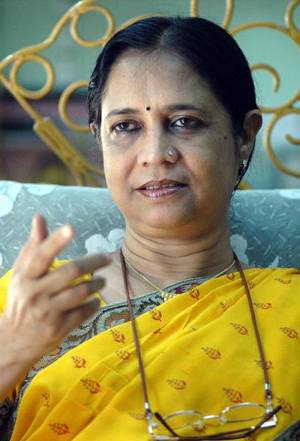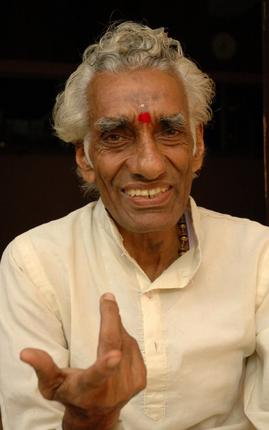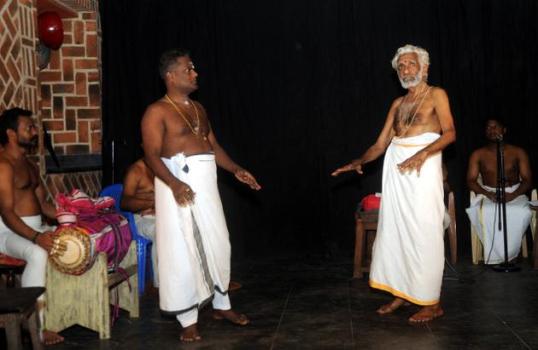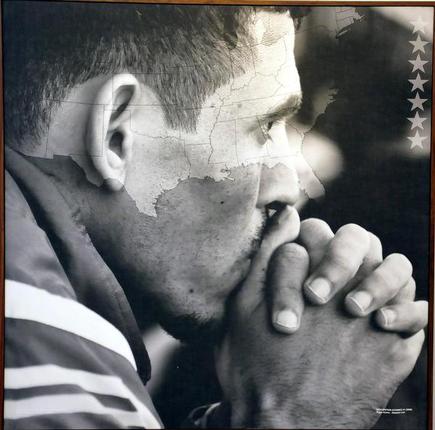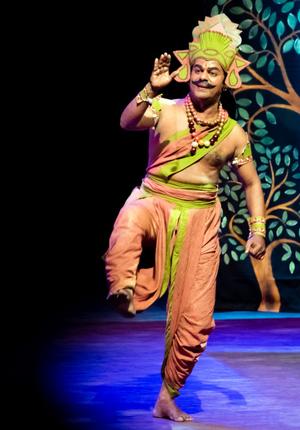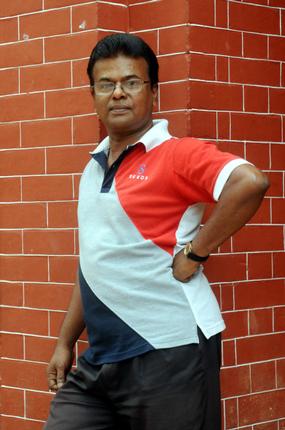Ariyappedatha Jeevithangal’ traces the lives of young Malayali girls who were recruited for convents in Germany
To describe the documentary Ariyappedatha Jeevithangal as one about a controversy involving nuns being recruited from the Kerala of the late 1960s would only be half the truth, and therefore misleading. But, all of this belongs to five decades ago.
Documentary filmmaker Raju E. Raphael and media activist and researcher K. Rajagopal joined hands about a year ago to study and document a controversy that came to light in the early Seventies. But the seed idea had lain buried for 18 years before the documentary finally took shape.
“While on a Reuters Fellowship to London in 2000, I met a Professor who asked me about the issue in Kerala that had grabbed international media attention. My curiosity was stoked and I located the relevant news item in The Times, The Guardian and Washington Post. The reports indicated that priests in Kerala received £150 per girl sent to Germany,” says Raphael.
There were mass recruitments of young Malayali Catholic girls, who had completed matriculation or were studying in the senior secondary classes. The first batch of 20 went from Kerala in 1963. It was in 1972 that this issue of discriminatory treatment being meted out to the aspirants reached the public. The allegations that they were used to do menial work and were being treated badly cast a shadow on the priest who was coordinating the whole thing in Kerala.
Piecing together information on an event that took place five decades ago would be no easy task. Many of the nuns from the early batches were no more, others had re-located to India and continued with their missionary work in remote hamlets. Fr. Werner Chakkalakkal of CMI congregation was one of the priests in India, who was entrusted with the recruitment of aspirants in Kerala while Sister Ludgardis of the congregation of John the Baptist based in Leutesdorf was one of the coordinators in Germany for the recruitment and migration of Kerala girls to Germany. Both of them feature in the film giving their points of view.
Emotional experience
Ariyappedatha Jeevithangal has succeeded in incorporating the experiences of a handful of the nuns who still continue their work in Germany. According to Raphael, “One has only to picture the emotional trauma of a 16-year-old teenager, who had not seen Kottayam or Changanacherry, being transplanted to a distant land where language, food and climate were nothing like what they were used to. What cannot be missed is that some of them have scaled great heights within the congregation and head the order, all by sheer dint of merit.
“On the flip side are situations where many have lost their mind and needed care in restoring their mental health, and others who live with the emotional scars created by the strictures imposed on maintaining filial bonds.”
Religious congregations the world over are known for the cloistered and closeted existence, creating an impenetrable barrier between them and the world outside. Penetrating this insulated zone was not an easy one for a filmmaker.
The credibility quotient for the film attains a high because the filmmakers have been able to get quite a few of the nuns who were part of the initial batches that went to Germany.
What is more appealing is the honesty with which the nuns have spoken of their initial dilemmas, and we understand they have made their peace without cynicism or lingering bitterness. The strength possibly comes from life’s experiences, and the fact that they have carved a space for themselves by their contribution to education, healthcare and other missionary activities in their land of domicile.
Getting access
The access to the convents was made possible by Jose Punnaparambil – writer, journalist settled in Germany, who carried out the research for the project. As a long-time resident he had access to the convents and also personal ties, which facilitated interactions with the nuns. Even as we are taken through the experiences of the aspirants there is an introspective and retrospective look at the evolving role of such organisations. The irony here is that the number of Germans in the congregation is shrinking, and it is the migrant Malayalam nun who holds fort!
Rather than restrict the documentary to a story on the fate of Malayali nuns who were at the receiving end in the initial years, the filmmakers have traced some of the nuns who returned to India and continue with their missionary work. The documentary makers travelled extensively in Germany, and Kerala, Madhya Pradesh and Maharashtra in India to chase and document the German Malayali nuns, since some of them are presently leading their retired life in these states.
Rajagopal speaks of his experience of filming them in remote areas beyond Kerala, where they are making a difference to the local population by educating and empowering them. “The Adivasi population among whom they mostly work is equipped to function as barefoot lawyers – creating an awareness regarding forest and tribal rights – enabling them to function effectively within the local political terrain. Education is their main area of activity and some congregations have become self-sufficient to the extent that they share resources with weaker units functioning elsewhere in the country.”
The commentary for the 40-minute-long documentary endows the film with richness, revealing the research and insights received from personal interactions with the subjects of the film.

